#central Australia
Text

MountSonder, Australia: Mount Sonder, or Rwetyepme, its Aboriginal name, is the fourth highest mountain in the Northern Territory, Australia at 1,380 metres AHD. Mount Zeil is the highest at 1,531 metres, 27 kilometres to the west. Mt Sonder is 130 km west of Alice Springs along the MacDonnell Ranges in the West MacDonnell National Park. It marks one end of the celebrated Larapinta trail, which extends 223 kilometres to Alice Springs. Wikipedia
97 notes
·
View notes
Text



A Big Fan of the Inland Taipan
Also known as the western taipan, the small-scaled snake, the fierce snake, or dandarabilla in local Aboriginal languages, the inland taipan (Oxyuranus microlepidotus) is a snake found in the arid regions of central eastern Australia. Specifically, it keeps to dry floodplains, dunes, and black soil plains where vegetation is sparse.
Throughout most of the day, the western taipan shelters in abandoned burrows or deep cracks in the ground, and only emerges early in the morning to hunt. Like all snakes, this species is a carnivore, and O. microlepidotus specializes in mammals; mainly rodents. Despite its narrow diet, the fierce snake is the most venomous reptile in the world, able to strike multiple times in quick succession. A single bite from this species is capable of killing 100 grown humans; however, unlike its coastal cousin, the inland taipan is notoriously shy and will only attack as a last resort. Because of its venomous reputation, adult inland taipans have no predators, though king brown snakes and perentie monitor lizard are known to prey on young.
The western taipan mates late in the winter and early spring, from August to November. This is the only time indivuals will seek each other out, and males have been known to spar when encountering each other. During mating, the male and female can remain intertwined for several hours, and afterwards part ways to seek out other mates. Females will locate abandoned animal burrows to lay a clutch of 11-20 eggs, but she does not remain to care for them. Eggs hatch about 2 months after being laid, and individuals can live for up to 15 years in the wild.
Though thin, weighing only 1-2 kg (2.2-4.4 lbs) the inland taipan is remarkably long, reaching up to 1.8 m (5.9 ft) in length. O. microlepidotus blends in well with its environment, being a dark tan or light greenish brown. This coloration can change depending on the season, becoming lighter or darker according to its surroundings. Along the thicker part of its body, individuals also sport dark scales in diagonal stripes.
Conservation status: The inland taipan is considered Least Concern by the IUCN, and is protected by law in Australia. This species can also be found in zoos and private collections. Primary threats include habitat loss and fragmentation, as well as mortality from cars.
If you like what I do, consider leaving a tip or buying me a ko-fi!
Photos
Ryan Francis
Stephan Zozaya
#Inland taipan#Squamata#Elapidae#Taipans#snakes#serpents#squamates#reptiles#deserts#desert reptiles#scrubland#scrubland reptiles#Oceania#Australia#central australia#animal facts#biology#zoology
155 notes
·
View notes
Text
Last pic from the red heart. Tomorrow will be urban Sydney - promise.
Kata Tjuṯa (the Olgas) was one of several natural wonders we visited.
I’m so glad I was able to visit this unbelievable area.

13 notes
·
View notes
Text









☀ Stone Tjuringa (Central Australia)
A Churinga or Tjurunga is thought to be an object of wood or stone made by various aboriginal tribes of Central Australia and that is often elliptical in shape , bears incised designs , is believed to represent either the spiritual double of a living native or the embodiment of the spirit of a totemic ancestor .
Tjurunga s are closely associated with the mythic and totemic beings of the Dreaming.
4 notes
·
View notes
Text




Home
1 note
·
View note
Text

River bed waiting for the rains.
3 notes
·
View notes
Text

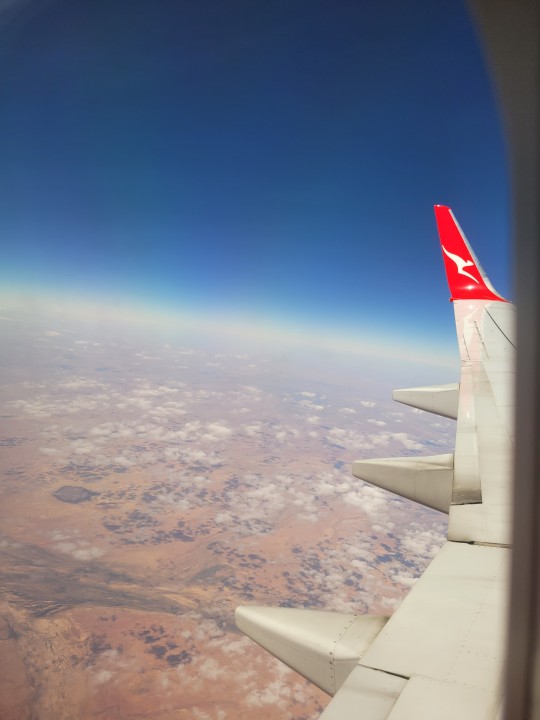

2 notes
·
View notes
Text
Perhaps there was no climate change across that vast region?
"Country: Future Fire, Future Farming" - Bill Gammage and Bruce Pascoe
#book quote#country#bill gammage#bruce pascoe#nonfiction#questions#climate change#northern australia#central australia#land management
0 notes
Text
8/7
Once again I was surprised I slept as well as I did. Today is an early one, because we are going to watch the sunset at Uluṟu. We could leave our swags because we are staying here another night, but we did have to roll them up so things can’t crawl in. Like fucking hell I will die. So yes let’s roll them. We had breakfast and I was right on time but as usual you have stragglers. It was a 20 min ride to the viewpoint, when we got there you could see the glow in the distance. We walked up to the different platforms but it was so busy, obviously we took a few photos as well. But when we got to the other side of the path there was hardly anyone. Once the sun came up and the rays hit Uluṟu and Kata Tjuṯa behind it, it was magnificent. When we got to the bus G said it was best we all go to the loo because we are doing a 10k walk and there’s only 2 places for going. I was so unbelievably cold the first hour of the walk. We started in the shade of Uluṟu so we had no sun to warm us up yet. We are doing the base walk, so that’s basically walking all around Uluṟu back to the bus. It’s very hard to comprehend the scale of it. So this part of Australia all used to be sea, and the tectonic plates in the earth pushed Uluṟu upwards and because there was still a fast flowing water ocean it tipped on its side. And by the time the water receded the big monolith was left. Because she’s a monolith, not a rock. G said there would be toilets halfway, I think most of us nearly ran the last km because we all had to pee real bad! By that point we got to the sun side and the temperature difference was drastic. We all started shedding layers because it was so warm all of a sudden. Tied my vest around my waist and my raincoat on my backpack. After half an hour I also unzipped the bottom half of my trousers and turned them into shorts. They are the best thing I could have ever brought. The base walk was really pretty, again with some photo places but mostly none. So I didn’t really botter, you can see it better from afar anyway. It’s so funny how there are some erosions on it that are different from each other, say like 1 km further. One of them even looked like a brain, it was so cool!! By the time we got back to the car park I once again had to pee. We went to the same spot where we saw the sunset to have lunch. It was amazing except for all the damn flies. They are pretty annoying. Also a bit gross, I have scabs on my knee from scraping it on the rocks while swimming in Darwin and somehow they all sat on that spot on my knee. Lunch were wraps that we could construct ourselves, the only thing I didn’t like was the mayonnaise. I don’t know what it is but it wasn’t good. Weird consistency and taste but if I wanted good mayonnaise I should have brought it from home. After lunch we went back to the campsite because while all of us wore layers, Nick the one uk guy didn’t. He only had his really warm clothes and no backpack, he had out his in the trailer and we didn’t take it. While we were there everyone changed shoes, because why wear the big walking boots when you don’t have too. G said 5 minutes, and most of us raced so we didn’t hold up the bus, and in the end we sat waiting on it for a good 20 minutes. Once everyone was finally on the bus we went to the Ayers Rock resort because we all have a dot painting workshop. The first half hour the aboriginal lady explained with an interpreter what they use and how they used to hunt and all kinds of fascinating things. The dot painting itself was far more difficult as I thought it would. I just started doing shit until I came up with the idea I tried to paint. I painted Uluṟu and Kata Tjuṯa and made rain and a walkway between them. On the other side I did the same for a family and two women gathering, where there were a lot of stars and a boomerang. I feel like it represented bieke and myself pretty well on our last trip here. I bought a painting the other day and g had the idea of shipping it to myself since I genuinely don’t know how I would have gotten it home.
1 note
·
View note
Text
In the Centre in 1876 the poet James Grassie noticed a template in range and variety unlike any other newcomers reported:
remarkable . . . in the Mallee territory, and thence to the vicinity of Cooper's Creek, is the rapidity with which the vegetation changes, and the straight lines each class maintains, running close and parallel to other classes. One sand rise, for instance, is clothed with pine trees, while the next at a few yards distance has only Mallee bushes, a third porcupine grass [spinifex], and a fourth salt bush, the whole growing out of pure sand apparently of the same deposit. On one sand rise you see . . . quandongs, and all at once you enter an enormous garden of hops all-ready for picking. From the hops you emerge upon a vast plain of pig faces, from the pig faces to salt bush, and from the salt bush to heath or scrub, and so on during the whole route. The pine will run close to the Mallee for miles as straight as an arrow, and the other vegetation seems to be all separate and in well defined paddocks – each paddock being as large as a dozen of German principalities.³⁴
34. The Border Watch, 23 Nov 1876, c/- Darrell Lewis.
"Country: Future Fire, Future Farming" - Bill Gammage and Bruce Pascoe
#book quotes#country#bill gammage#bruce pascoe#nonfiction#70s#1870s#19th century#poet#james grassie#template#remarkable#mallee#cooper's creek#vegetation#sand rise#pine tree#mallee bush#porcupine grass#spinifex#salt bush#sand#quandong#hops#pigface#heath#scrub#land management#central australia
1 note
·
View note
Text
Seven WCK humanitarian aid workers killed in Israeli strike, including Palestinian, Australian, Polish, British and U.S./Canadian citizens
"The WCK team was traveling in a deconflicted zone in two armored cars branded with the WCK logo and a soft skin vehicle."
"The seven killed are from Australia, Poland, United Kingdom, a dual citizen of the U.S. and Canada, and Palestine."
WRITE TO YOUR GOVERNMENT TODAY TO DEMAND ISRAEL IS HELD RESPONSIBLE FOR THE DEATHS OF YOUR FELLOW CITIZENS AND THE 32+ THOUSANDS PALESTINIANS KILLED
DEMAND AN IMMEDIATE END OF WEAPONS EXPORTS TO ISRAEL AND AN END TO THE GENOCIDE
(USA) Find your representative | United States House of Representatives
(UK) Find your MP | UK Parliament
#reblog this#post on other social media#share reshare and dont stop your activism#make sure your government hears you today and every day#it takes a few minutes to send an email or call your representative#and it all matters#gaza#gaza genocide#palestine#uk#usa#politics#wck#world central kitchen#poland#australia#canada#gaza ceasefire#gaza strip
762 notes
·
View notes
Photo
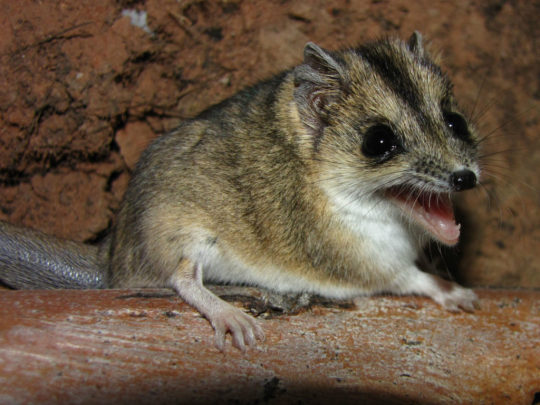
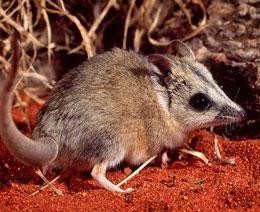
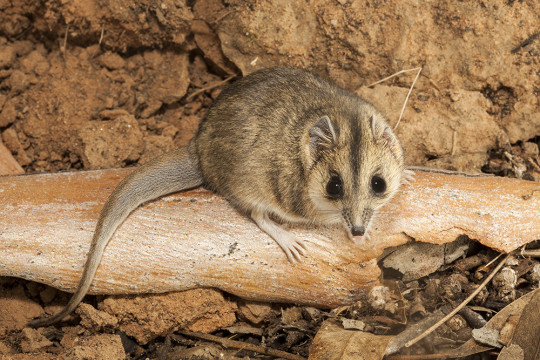
Done In by the Stripe-faced Dunnart
The stripe-faced dunnart (Sminthopsis macroura) is a small mammal found in the dry grasslands and shrublands of Australia. There are three subspecies distributed across the continent; S. m. macroura in central, eastern, and western Australia, S.m. stalkeri in northern Australia, and S.m. froggatti in the Kimberley region. These subspecies diverged from each other millions of years ago, but they bear such a strong resemblance to each other that the distinction was only recently discovered via genetic testing. Although they’re also known as the “marsupial mouse”, S. macroura is not a member of the rodent family. Rather, it’s in a separate family: Dasyuridae, a group of marsupials that also includes quolls (Dasyurus spp.), the Tasmanian devil (Sarcophilus harrisii), and the now-exctinct thylacine (Thylacinus cynocephalus).
S. macroura is one of the smaller marsupial species, at only 15-19 cm (6-7.5 in) long. The tail accounts for nearly half that length. The species is sexually dimorphic, with females usually weighing about 15 g (0.17 oz) and males coming in at 25 g (0.88 oz). Otherwise the sexes are identical: pale grey or brown fur with a dark stripe running down between the eyes that gives the species its namesake. The coloration allows the stripe-faced dunnart to avoid predators like snakes, hawks, and foxes.
Breeding for the stripe-faced dunnart occurs from July through February, and females can produce two litters in a season. This species has the shortest pregnancy period of any mammal, taking only eleven days from fertilization to birth. Joeys remain the mother’s pouch for an additional 40 days, and she can carry and nurse up to 8 young at a time. After they leave the pouch the joeys will stay with their mother for up to 30 days, at which point they’re weaned. Females become sexually mature after only 4 months, while males take up to 9 months to mature, and both sexes can live up to 4 years in the wild.
Outside the breeding season, S. macroura is fairly solitary. Individuals maintain home ranges, although they’re generally not territorial. Within these home ranges, nests are made from grass and leaves or from digging burrows. At times the stripe-faced dunnart may share a nest with up to 8 others, although these arrangements are usually temporary. The species is nocturnal and spends much of its time foraging for insects and small vertebrates like lizards or mice. When food is especially abundant, extra fat is stored in the tail, which enlarges and becomes carrot-shaped. In the winter, individuals will enter a state of torpor, in which their metabolism slows and their body temperature lowers to reduce energy consumption by up to 90%.
Conservation status: Although the IUCN has rated the stripe-faced dunnart as Least Concer, this species is threatened by overgrazing and trampling of their native grasslands. Habitat clearing and fragmentation are also harmful, as are feral cats which directly impact the species population.
If you like what I do, consider leaving a tip or buying me a ko-fi!
Photos
Australian Wildlife Conservancy
Jeremy Ringma
Gerhard Körtner
#stripe-faced dunnart#Dasyuromorphia#Dasyuridae#dunnarts#marsupial mice#marsupials#mammals#grasslands#grassland mammals#scrubland#scrubland mammals#oceania#australia#north australia#central australia#west australia#animal facts#biology#zoology
99 notes
·
View notes
Text
The highest point of Kata Tjuta is 546m above the surrounding plane (nearly 200m taller than Uluṟu).
This pic gets all of it in, but you’ll need to work out a scale for how huge it is.
Seen here under warm winter clouds.

11 notes
·
View notes
Text

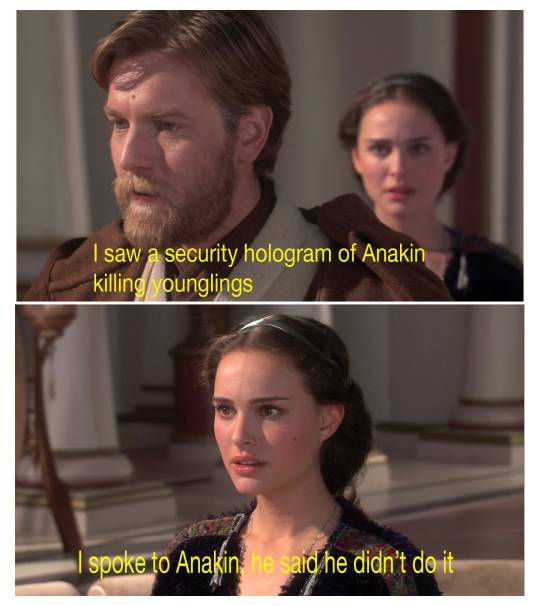
#News#politics#star wars#free palestine#israel#war crimes#world central kitchen#democrats#republicans#britain#david cameron#usa#uk#twitter#woc#canada#poland#australia
537 notes
·
View notes
Note
velvet worms <3
Phylum Onychophora... indeed. :3

Blue Velvet Worm (Euperipatoides sp.), family Peripatopsidae, Mt. Zero, Taravale Sanctuary, Paluma Range, Queensland, Australia
photograph by Stephen Zozaya

Red Velvet Worm (Peripatus solorzanoi), family Peripatidae, Guayacán Rainforest Reserve, Costa Rica
photograph via: Guayacán Rainforest Reserve
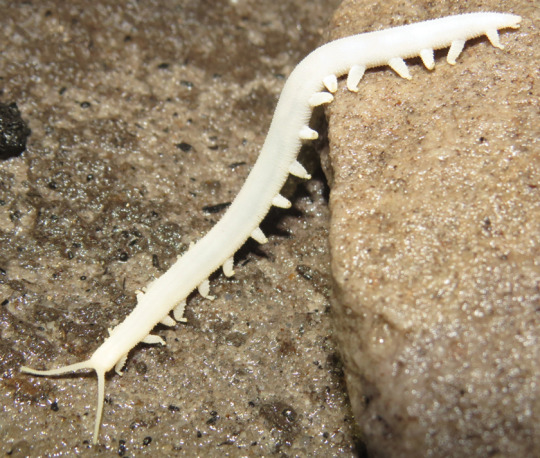
White Cave Velvet Worm (Peripatopsis alba), family Peripetopsidae, known only from two cave systems on Table Mountain, South Africa
photograph by Rodrigo Ferreira
Also, check out this video:
This Worm Uses a "Silly String of Death" | National Geographic (youtube.com)
#velvet worm#onychophora#peripatus#peripatopsis#euperipatoides#peripatopsidae#peripatidae#animals#nature#central america#africa#australia
712 notes
·
View notes
